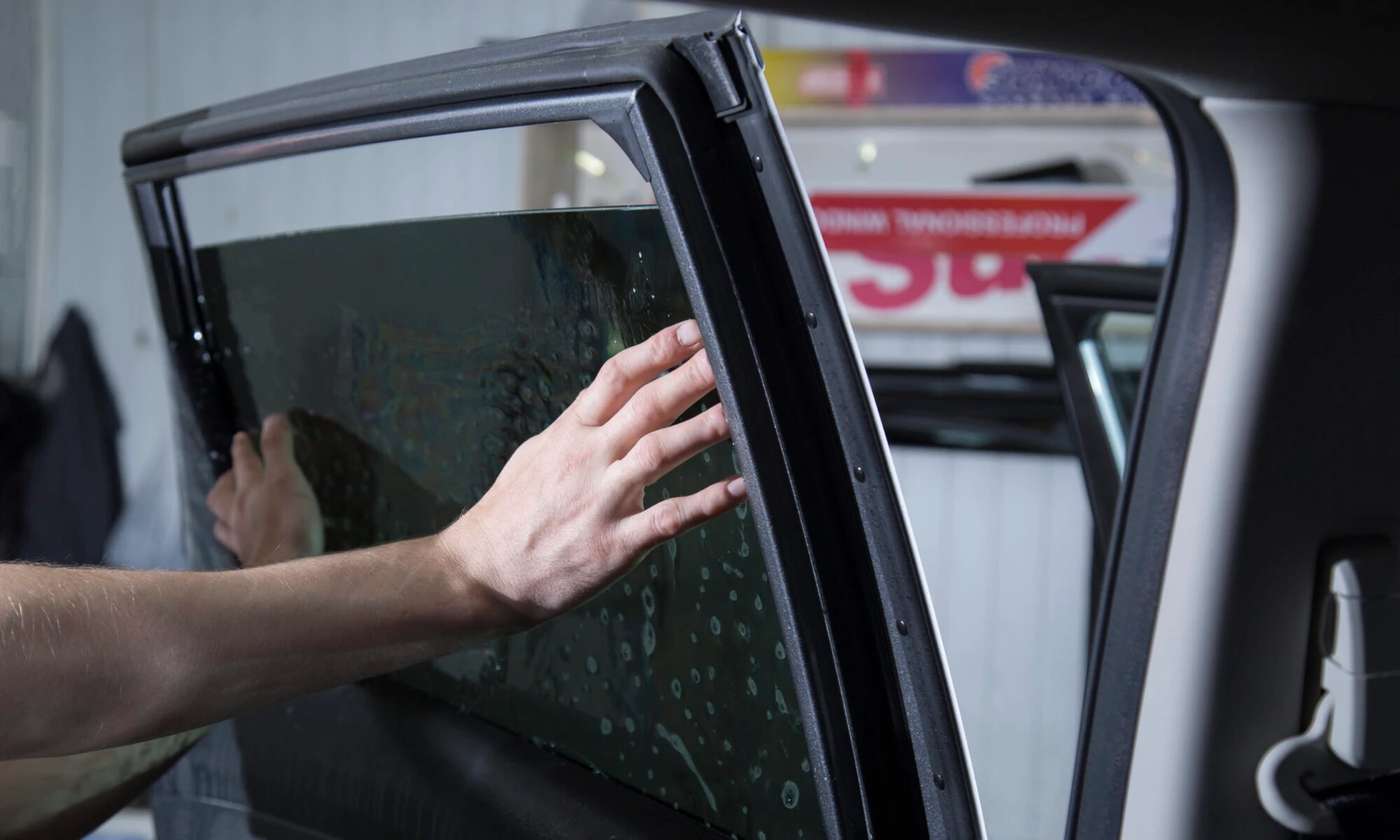Professional vs DIY Window Tinting: Which Choice is Right for You?
Professional vs DIY Window Tinting: Which Choice is Right for You?
Blog Article
The Process of Expert Home Window Tinting Explained
From choosing the right film kind to the careful preparation of home windows, each step plays a crucial duty in attaining a remarkable application. Following these first prep work, the cautious cutting and application of the film demand accuracy to avoid flaws.
Choosing the Right Home Window Movie
Choosing the right window movie entails understanding numerous variables that influence both aesthetic charm and functionality. The first factor to consider is the type of movie, which can vary from colored, metalized, to ceramic films. Dyed films primarily give privacy and visual improvement, while metalized movies reflect warmth and UV rays, improving energy efficiency. Ceramic films, although typically extra costly, offer remarkable performance without jeopardizing exposure.
Next, think about the film's Visible Light Transmission (VLT) percentage, which determines just how much light goes into the space. A reduced VLT offers better personal privacy and warm being rejected yet may decrease natural light significantly. Additionally, the film's solar warmth gain coefficient (SHGC) is critical; a lower SHGC suggests better thermal efficiency, helping to preserve indoor convenience.

Preparing the Windows
When the proper window film has actually been chosen, the following action is thoroughly preparing the home windows for setup. This preparation is important for achieving optimum bond and ensuring a flawless appearance post-installation.
The initial task entails cleansing the windows carefully (window tinting). A premium glass cleanser is essential, preferably one that is ammonia-free to prevent destructive any kind of window seals or tint products. Using a lint-free towel or paper towels, professionals ought to get rid of any dust, dirt, or oil, paying special interest to the edges and edges where particles typically collects

Cutting the Film
An accurate approach to reducing the film is essential for ensuring an ideal fit on the ready home windows. This step needs both skill and interest to information, as errors can lead to unsightly gaps or overlaps that compromise the aesthetic and useful qualities of the color.
Prior to reducing, the professional ought to gauge the window dimensions properly, making up any kind of one-of-a-kind shapes or shapes. It is suggested to utilize high-quality home window movie, as this product often tends to be extra flexible throughout the reducing procedure. The film is normally laid flat on a tidy, smooth surface area, and a sharp utility knife is employed to make certain tidy sides.
To accomplish ideal results, several experts use templates created from previous installments or utilize software to develop precise patterns. A common strategy involves including an extra margin to the layout, enabling changes throughout the application phase.
Moreover, cutting the movie in a controlled atmosphere lessens the danger of impurities affecting the glue side. By sticking to these careful methods, home window tinting specialists can ensure that the movie not only fits effortlessly however likewise performs properly in time, boosting both look and performance.
Using the Color
After carefully cutting the film to the correct i was reading this dimensions, the following action involves applying the color to the home window surface area. their website This process starts with making certain that the window is clean and free from any dirt, particles, or residues that could impact bond. A customized cleaning remedy is frequently used, complied with by thorough drying with a lint-free fabric.
Once the surface area is prepared, the installer will very carefully position the tint film against the glass. It is necessary to line up the film accurately to avoid misplacement, as any type of mistakes can cause a less than professional appearance. To facilitate this, the installer may utilize a light mist of application solution on the sticky side of the film, permitting mild repositioning if necessary.
Utilizing a squeegee, the installer will after that begin to press the film onto the glass, functioning from the facility in an outward direction to eliminate air bubbles and guarantee a company bond. This method is vital, as it assures a smooth and remarkable finish. Throughout the application, attention to information is vital to stop creases or imperfections, guaranteeing that the tint not only boosts aesthetic appeals yet additionally offers the preferred performance.
Last Evaluation and Care
The last inspection is an essential action in the window tinting process, making sure that the installation fulfills both aesthetic and practical criteria. During this stage, specialists carefully take a look at the set up color for any kind of blemishes, such as bubbles, folds, or misalignments. An extensive evaluation also consists of inspecting the adherence of the film to the glass, along with its uniformity and general look.
After the assessment, appropriate treatment and maintenance directions are provided to the customer. It is important to notify them regarding the advised timeline for cleaning up the colored windows, normally suggesting a wait of a minimum of 1 month after installation to allow the glue to treat fully. Clients must be educated on appropriate cleaning items and methods, highlighting the avoidance of ammonia-based cleaners that can harm the color.
Additionally, professionals should suggest clients on the relevance of regular maintenance to prolong the life of the tint. This consists of periodic checks for signs of wear or damages and responding without delay to any kind of concerns. By guaranteeing a thorough last examination and providing clear care standards, home window tinting experts enhance consumer complete satisfaction and the durability of their job.
Verdict
The expert official site window tinting process includes several essential steps that make sure top notch results. Selecting the suitable film kind, preparing the home windows meticulously, precisely reducing the movie, and using it with precision are important for achieving a remarkable finish.
Report this page